Rising Vehicle Theft Rates
The increasing incidence of vehicle theft is a primary driver for the Vehicle Security Market. Reports indicate that vehicle theft rates have surged in various regions, prompting consumers and businesses to seek enhanced security solutions. In 2023, it was estimated that vehicle thefts accounted for billions in losses annually, leading to a heightened awareness of the need for robust security measures. This trend is likely to continue, as the demand for advanced anti-theft systems, including GPS tracking and immobilizers, grows. Consequently, manufacturers are investing in innovative technologies to address these concerns, thereby propelling the Vehicle Security Market forward.
Increasing Consumer Awareness
Consumer awareness regarding vehicle security is on the rise, significantly influencing the Vehicle Security Market. As individuals become more informed about the risks associated with vehicle theft and vandalism, they are increasingly prioritizing security features when purchasing vehicles. Surveys indicate that over 70% of consumers consider security features as a critical factor in their buying decisions. This shift in consumer behavior is prompting manufacturers to enhance their offerings, incorporating advanced security technologies into new vehicle models. As a result, the Vehicle Security Market is experiencing a surge in demand for integrated security solutions that meet consumer expectations.
Growth of the Automotive Industry
The expansion of the automotive industry is a significant driver for the Vehicle Security Market. As vehicle production increases, so does the need for effective security solutions to protect these assets. In recent years, the automotive sector has witnessed a steady growth rate, with projections indicating continued expansion in the coming years. This growth is accompanied by a rising demand for advanced security features, as manufacturers aim to differentiate their products in a competitive market. Consequently, the Vehicle Security Market is poised to benefit from this trend, as more vehicles on the road necessitate enhanced security measures to safeguard against theft and damage.
Regulatory Compliance and Standards
Regulatory frameworks and standards are becoming increasingly stringent, driving the Vehicle Security Market. Governments are implementing regulations that mandate specific security features in vehicles to enhance safety and reduce theft rates. For example, certain regions require the installation of immobilizers and tracking systems in new vehicles. Compliance with these regulations not only ensures consumer safety but also creates a competitive advantage for manufacturers who adopt advanced security technologies. As these regulations evolve, the Vehicle Security Market is likely to see a surge in demand for compliant security solutions, further propelling market growth.
Technological Advancements in Security Systems
Technological innovations are significantly shaping the Vehicle Security Market. The integration of advanced technologies such as artificial intelligence, machine learning, and biometric systems is enhancing the effectiveness of vehicle security solutions. For instance, AI-driven surveillance systems can analyze patterns and detect suspicious activities in real-time, providing a proactive approach to security. Furthermore, the market for smart locks and remote monitoring systems is expanding, with projections indicating a compound annual growth rate of over 10% in the coming years. These advancements not only improve security but also offer convenience to users, thus driving the growth of the Vehicle Security Market.
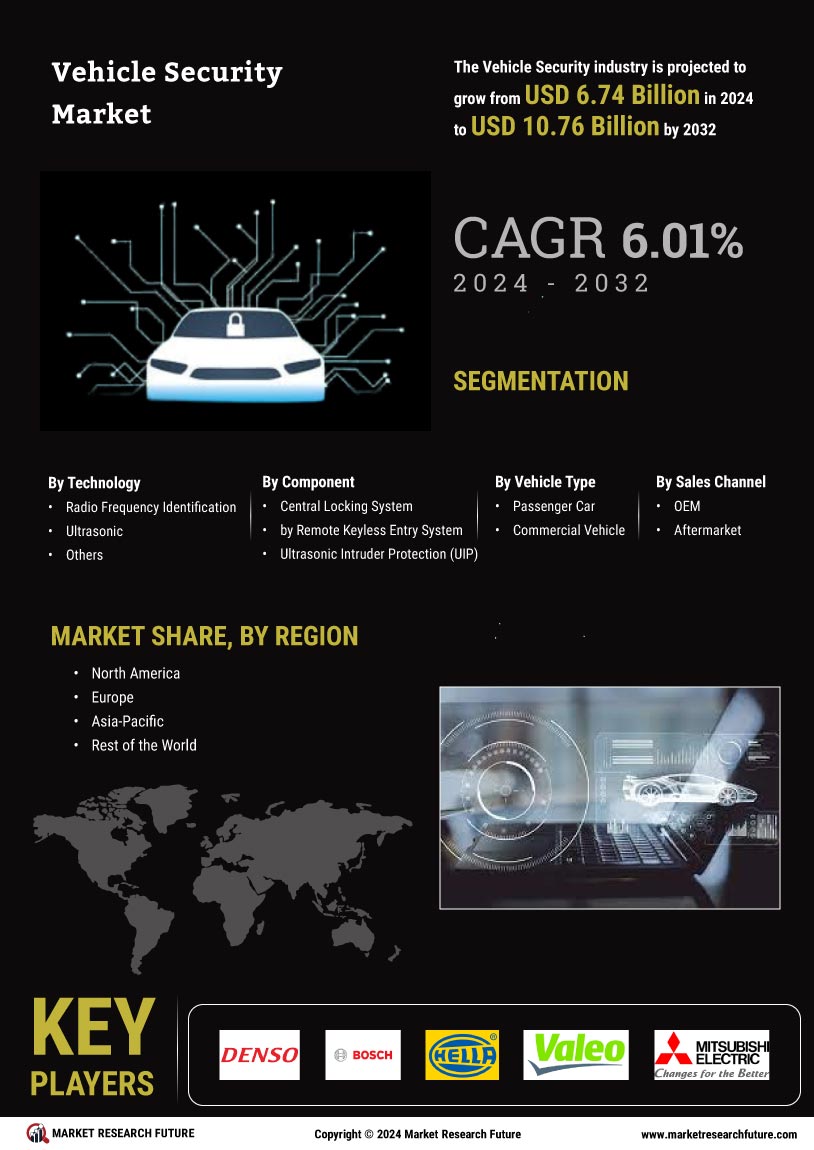

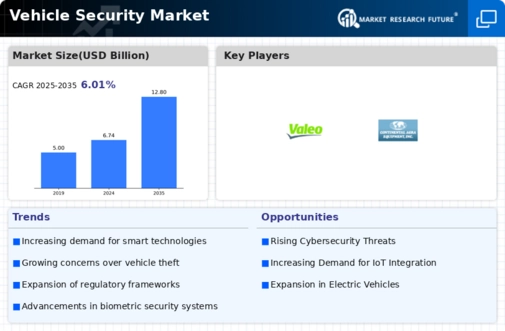
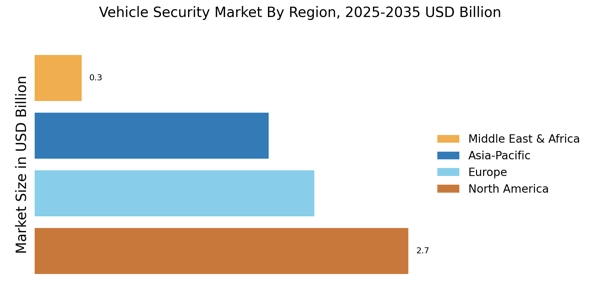

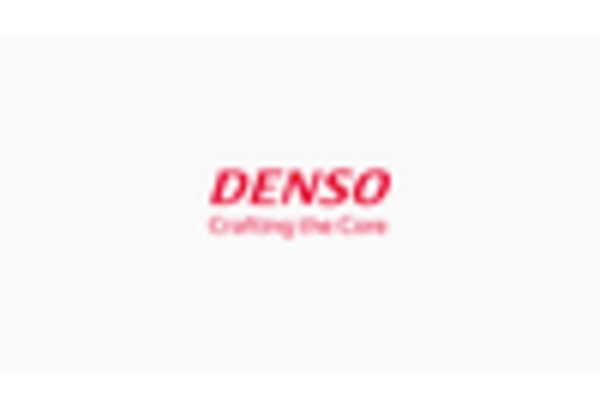

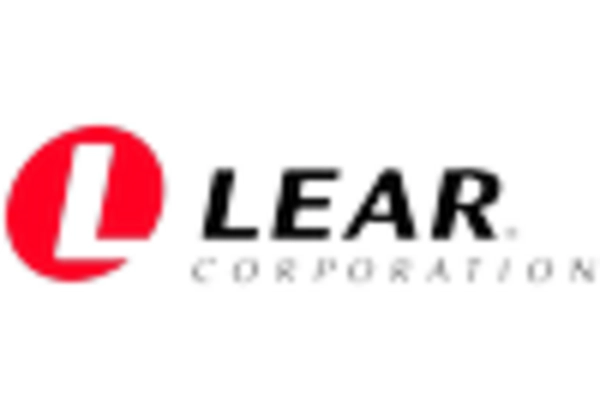










Leave a Comment